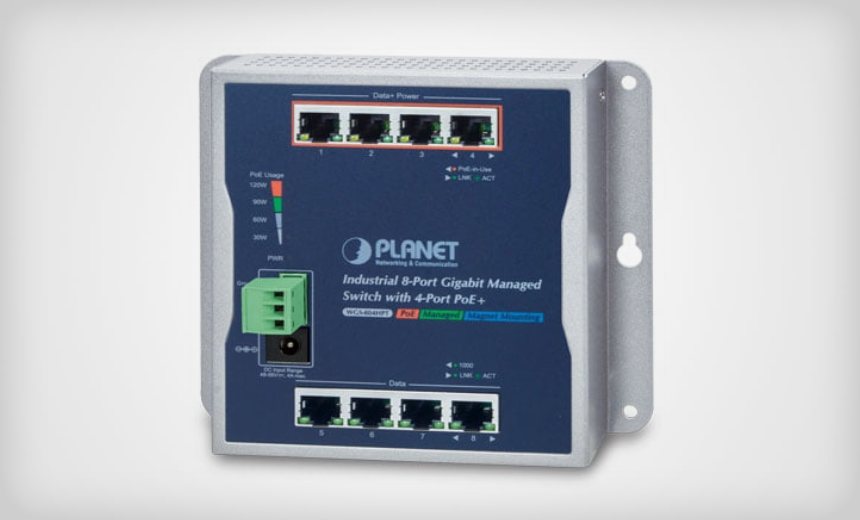Governance & Risk Management
,
Operational Technology (OT)
Researchers Uncover Three Vulnerabilities, Urge Firmware Update

Attackers could chain critical vulnerabilities in industrial network switches to gain remote control to compromise automation systems, IoT devices and surveillance networks.
See Also: ESG Report: Analyzing the Economic Benefits of Palo Alto Networks Industrial OT Security
Claroty’s Team82 uncovered three flaws in WGS-804HPT switches manufactured by Planet Technology, commonly deployed in building and home automation networks. These devices facilitate connectivity for IoT systems, IP surveillance cameras and wireless LAN applications and are equipped with a web-based management interface and SNMP support. Exploiting the flaws could allow attackers to execute arbitrary commands, disrupt operations or gain unauthorized access to sensitive networks.
Claroty reported the issues to Planet Technology, which released a patched firmware update.
Team82 replicated the switch’s MIPS 32-bit architecture, enabling a controlled environment to dissect its firmware and examined the embedded web server, which is often an entry point for attackers.
Researchers found critical vulnerabilities in the dispatcher.cgi component of the switches’ web management interface. These flaws, exploitable through malicious HTTP requests, could allow attackers to compromise the devices without authentication.
One of the issues, tracked as CVE-2024-48871, is a stack-based buffer overflow with a CVSS score of 9.8. It enables remote code execution, granting attackers unauthorized control over the device. The second flaw, tracked as CVE-2024-52320, with a CVSS score of 9.8, involves an operating system command injection vulnerability, allowing unauthenticated attackers to execute arbitrary commands. A third vulnerability, tracked as CVE-2024-52558, with a CVSS score of 5.3, is an integer underflow flaw that can crash the device using malformed HTTP requests, leading to service disruptions. These findings underscore the significant risks associated with unpatched devices in critical automation networks.
The CGI script serves as a central dispatcher for processing HTTP requests sent to the switch’s web interface, making it an essential part of the device’s management functionality.
Researchers found the script lacked proper input validation mechanisms, which allowed specially crafted payloads to bypass authentication checks.
One of the most severe vulnerabilities in dispatcher.cgi stems from improper handling of URL parameters. By injecting malicious input into specific parameters, attackers could exploit a command injection flaw, enabling them to execute arbitrary system commands with root privileges.
The switch was also vulnerable to a reflected cross-site scripting attack due to inadequate sanitization of user-supplied data. This could allow attackers to inject malicious JavaScript code into the web interface, potentially compromising the sessions of authenticated administrators.
